- 416-966-5582
- Kavehdomp@gmail.com
Manual Osteopathy is a drug-free, non-invasive, hands-on treatment. A manual Osteopath mobilizes different body segments to bring the balance back to their functions.
Osteopathy is a holistic approach that focuses on the body, not only on isolated problems. Manual Osteopaths believe that to get the best outcome from the treatment, the source of the issue should be determined and focusing only on symptoms such as pain is not enough.
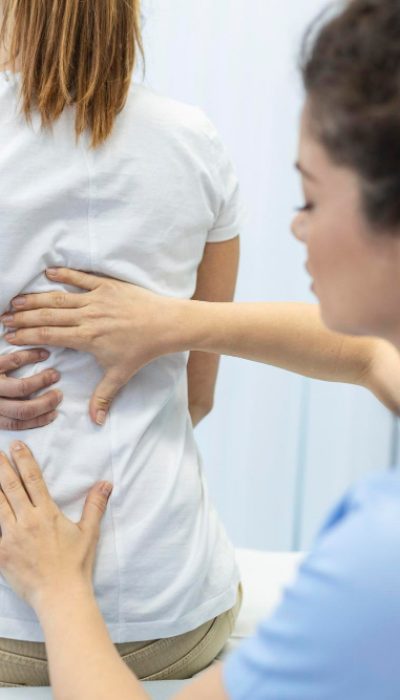
The purpose of Osteopathy is to harmonize body functions and bring balance back to the different body systems like musculoskeletal, central, and peripheral nervous systems. Osteopathy also improves blood, lymphatic and CSF fluid circulations. Osteopathy practitioners believe that the body as a unit is capable of self-regulation and healing, and it only needs some help from time-to-time, or when ailing.
Manual Osteopathy practitioners have extensive knowledge of the human anatomy and biomechanics to work on the human body and undergo extensive training such as joints and spine mobilization, soft tissue manipulation, and cranial Osteopathy to provide effective and safe treatments to patients.
Some examples of the conditions that manual Osteopaths treat are:
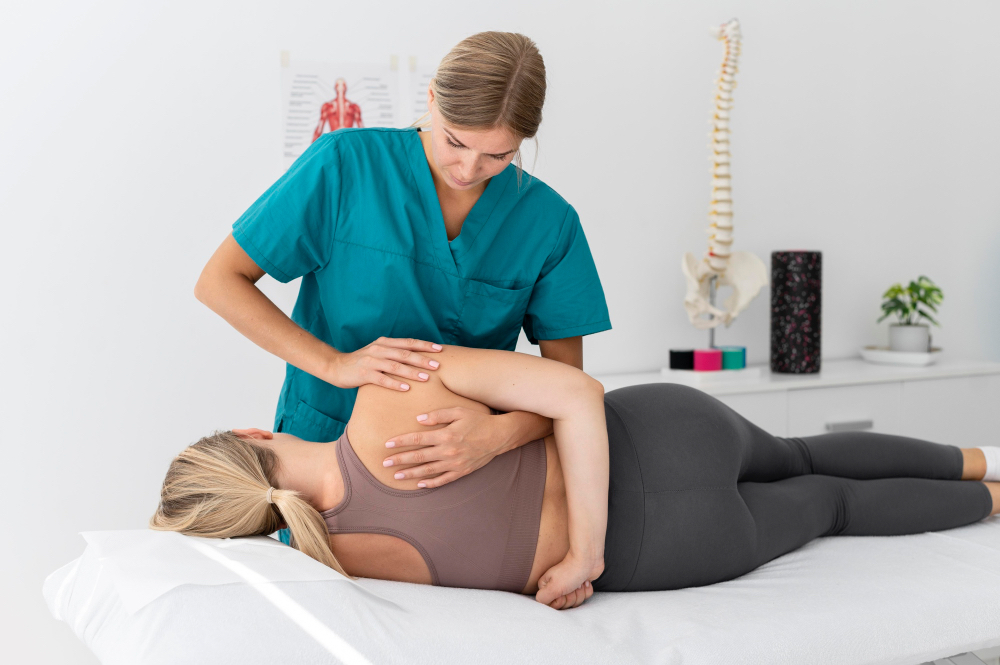
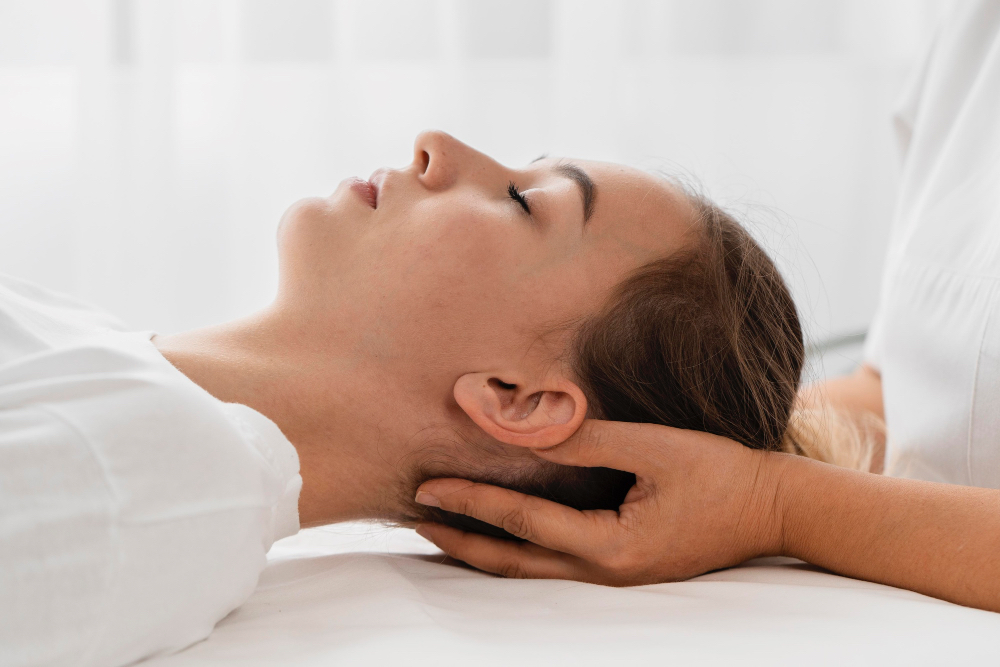
A free in-person or on-phone conversation to talk about Osteopathy and its techniques, benefits and risks.
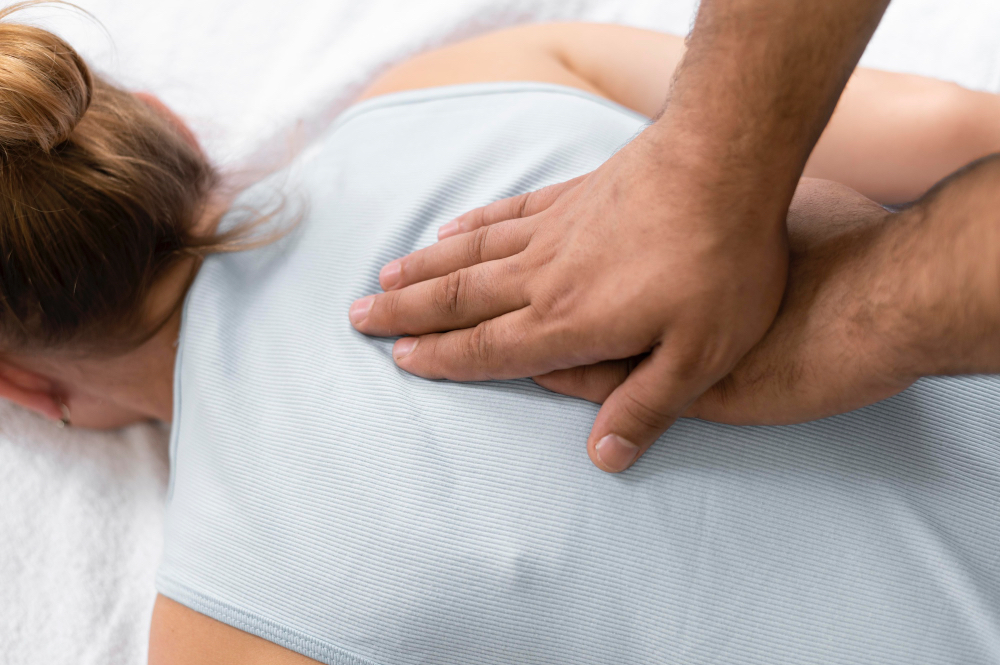
In the first session, the osteopath asks thorough questions regarding the patient’s health conditions for a better understanding, and to make sure that the osteopathy treatment is safe to be performed for the patient. Then detailed examinations will be performed to find out the source of the problems. Tests are included but not limited to palpation, joint range of motion assessment, muscle length, and strength tests, gait assessment, posture assessments, and special tests to help the practitioner to figure out the roots of the patient’s complaints. Then, based on these data, the manual osteopath builds a treatment plan specific to the patient.
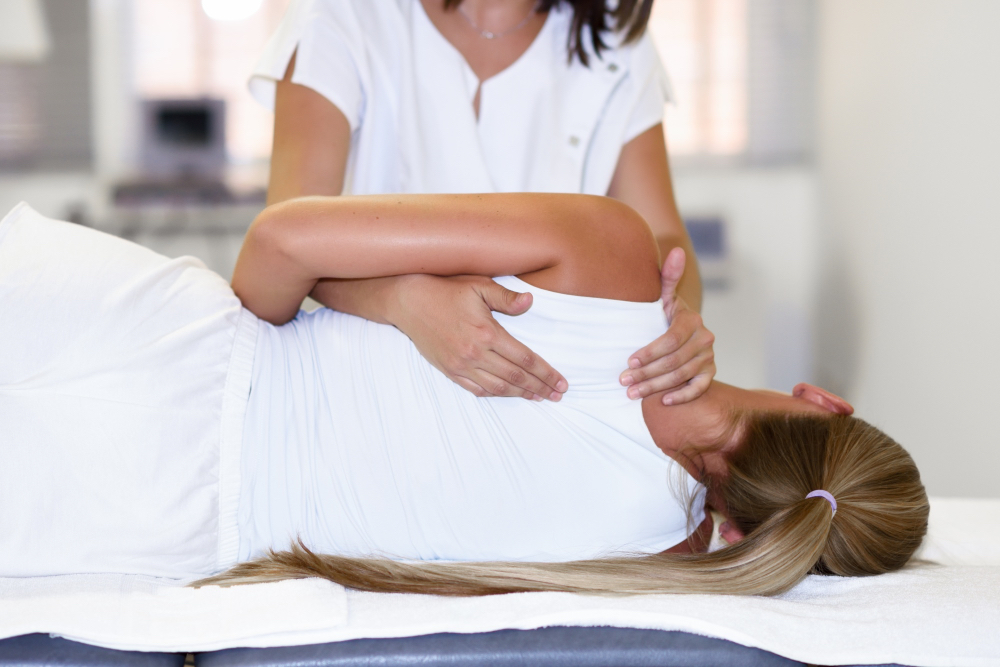
The follow-up sessions would be focused on the patient’s underlying conditions by implementing hands-on therapeutic techniques.
Dr. Still explained the philosophy of osteopathic treatment in detail in a book called “Philosophy of Osteopathy”. Below are three major principles of osteopathy:
A manual osteopath considers the human body as a unit, not different isolated parts existing separately without any connection to each other. It suggests that if one part of the body acts inappropriately, it will affect the other parts, gradually, and finally affect the whole body.
Osteopaths believe that the disease affecting the musculoskeletal system of the body would also affect the nervous system. Also, any abnormality in the nervous system would affect the musculoskeletal system.
The body has an inherent capacity to maintain its own health and to heal itself. This principle indicates that in order to synchronize the function of all body organs and systems, the human body needs adequate circulation and connection between all its tissues. Manual osteopath helps the body to implement its self-healing mechanism to maintain health throughout itself and return to a healthy state.
This is one of the most unique aspects of osteopathy stating that the musculoskeletal system can manifest changes in and can develop changes in other body systems. Doctor Still emphasized the great importance of the role of the musculoskeletal system in health and disease.
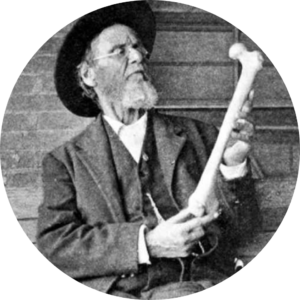
Osteopathic medicine was founded by Dr. Andrew Taylor Still in 1874. Dr. Still was an
American physician and surgeon who served in the union army during the Civil
War. After the death of his three children because of spinal meningitis, He
sought further understanding of the medical profession and through research and
experience he decided there was a better way to treat patients than the
conventional treatments.
Dr. Still opened the first osteopathic school, the American School of Osteopathy, in Missouri in 1892. The organization” American Osteopathic Association (AOA) “ was formed by the students from his school in 1897. The organization implemented standards
for osteopathic medicine education. The AOA was accredited by the U.S. Department of Health, Education, and Welfare in 1952 and received accreditation from the Council for Higher Education in 1967. Standards for curriculum and length of study were formed by the Associated Colleges of Osteopathy in 1898.
No, Osteopathy treatments do not require a referral from a family physician. However, some third-party insurance carriers may require a family physician referral for reimbursement.
No it is not covered by OHIP. Many extended health care plans cover Manual Osteopathic treatments, please check with your provider to see if you’re covered.
A free in-person or on-phone conversation to introduce osteopathy and its techniques, benefits and risks.
https://pafipemkotanggerang.org/
https://pafipemkolamongan.org/
https://balisafarimarinepark.id/
https://prediksiseribucara.com/
https://www.candiamarrone.com.ar/
http://www.civicrm.geomatics-studio.com/
https://couponsonlinetoday.com/
https://manaratelmostaqbal.net/
https://sydneyaihealthcare.org/
https://excellencestudies.com/
https://worldjourneyexperiences.com/
https://santmat-meditation.net/